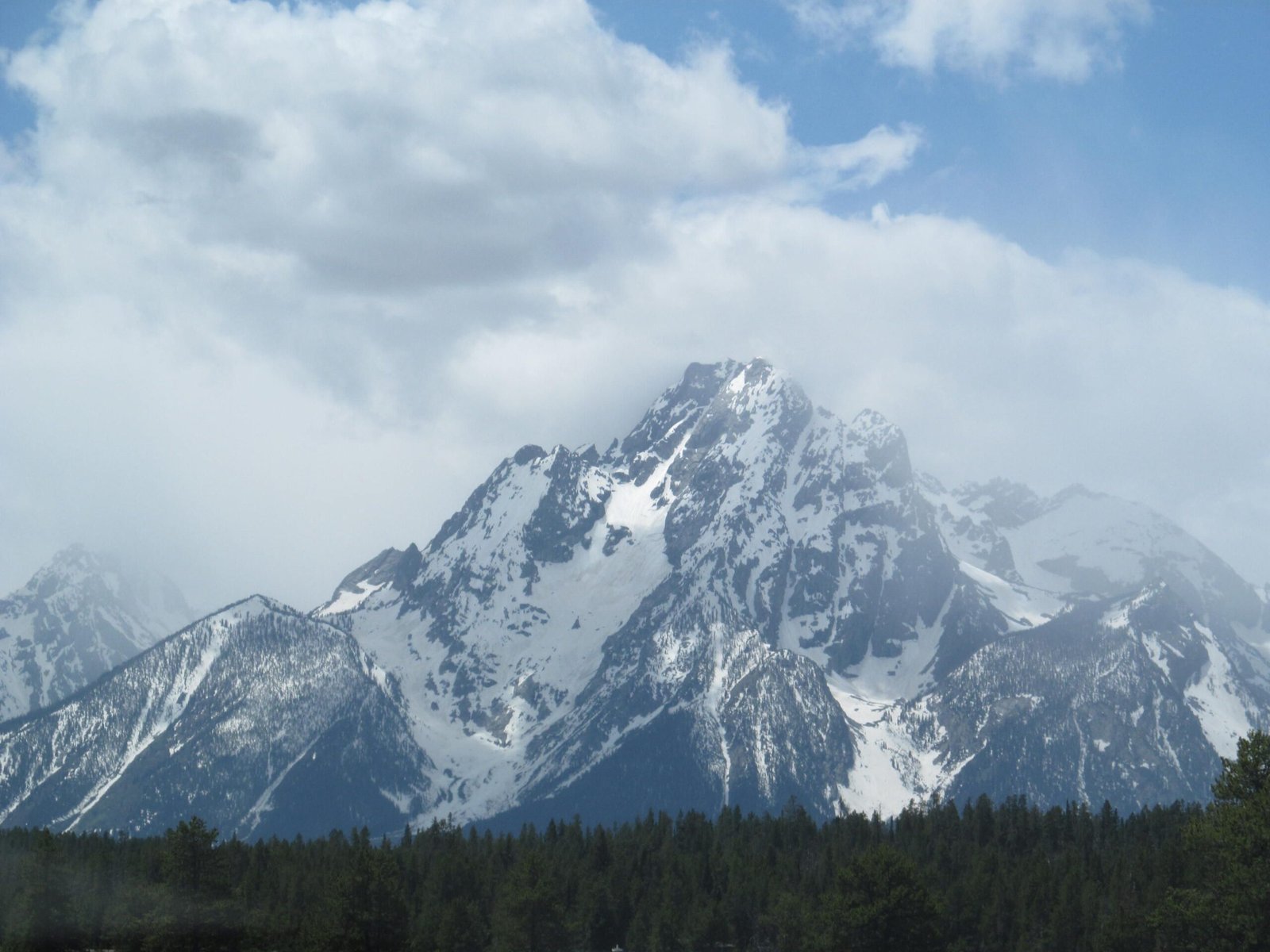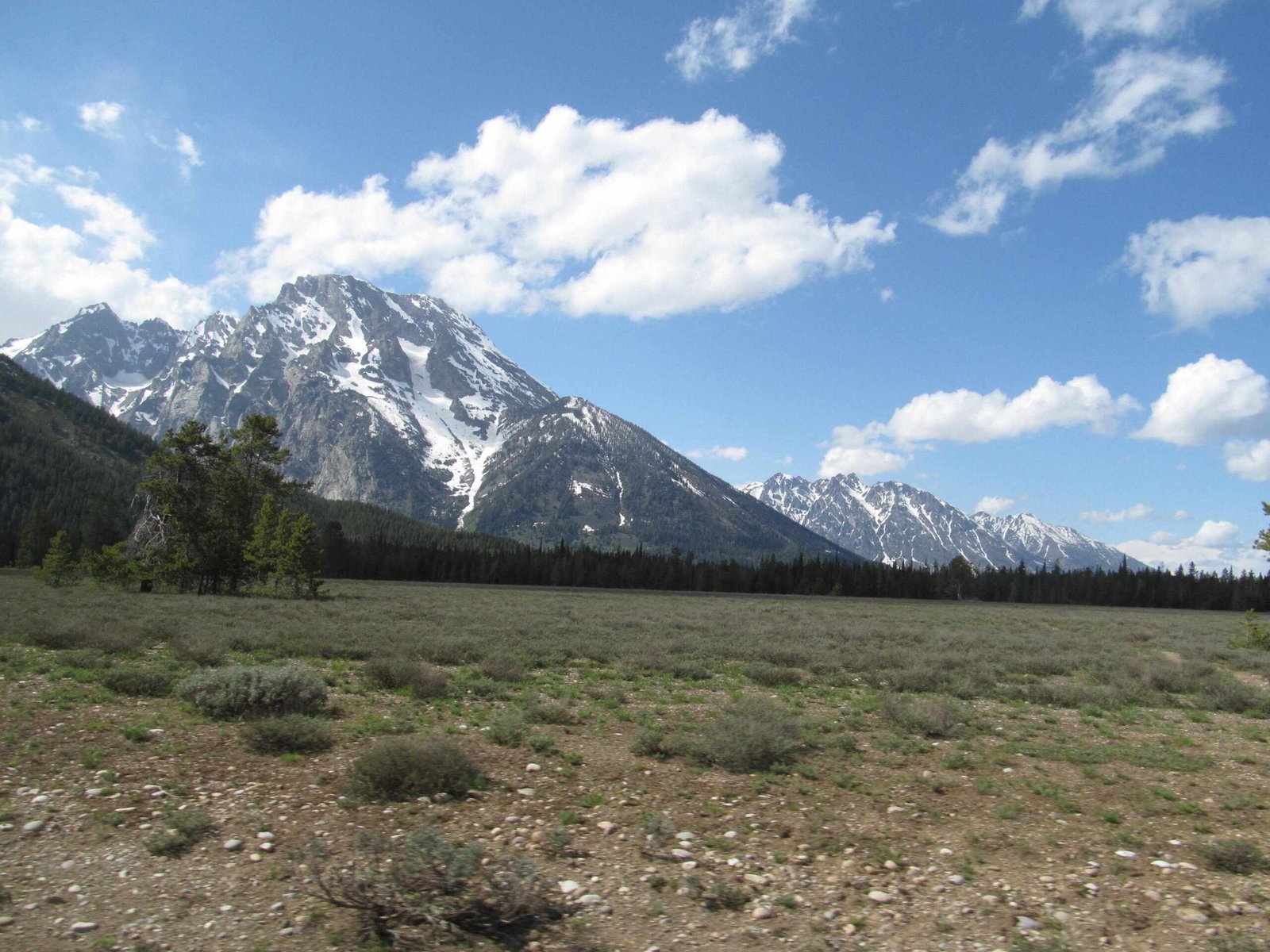Cascade Creek in Grand Teton National Park represents a pristine wilderness corridor nestled within the dramatic Teton mountain range. This remarkable ecosystem offers hikers, wildlife enthusiasts, and nature photographers an extraordinary journey through alpine landscapes, featuring cascading waterfalls, diverse wildlife habitats, and breathtaking mountain vistas that capture the essence of Wyoming’s wilderness.
What Makes Cascade Creek Unique in Grand Teton National Park?

Cascade Creek is more than just a water feature; it’s a dynamic natural corridor that connects multiple ecological zones within Grand Teton National Park. The creek flows through diverse terrain, creating a rich environment that supports numerous wildlife species and offers exceptional recreational opportunities.
Where Can Visitors Explore Cascade Creek Trails?
| Trail Segment | Distance | Difficulty | Elevation Gain |
|---|---|---|---|
| Hidden Falls | 5 miles | Moderate | 550 feet |
| Inspiration Point | 5.8 miles | Moderate-Strenuous | 700 feet |
| Forks of Cascade Canyon | 9.3 miles | Strenuous | 1,060 feet |
Key Trail Access Points
- Jenny Lake Trailhead
- Cascade Canyon Trail
- Hidden Falls Boat Shuttle
What Wildlife Inhabits Cascade Creek?
Cascade Creek’s ecosystem supports a remarkable diversity of wildlife:
- Large Mammals
- Moose
- Black Bears
- Mule Deer
-
Elk
-
Small Mammals
- Pikas
- Marmots
-
Ground Squirrels
-
Bird Species
- Stellar’s Jays
- Mountain Bluebirds
- Peregrine Falcons
- Clark’s Nutcrackers
How Should Visitors Prepare for Cascade Creek Trails?
Essential preparation includes:
– Bear spray
– Hiking boots
– Water filtration system
– Layered clothing
– Topographic map
– First aid kit
– Emergency communication device
What Photography Opportunities Exist?
Photographers will discover extraordinary opportunities:
– Dramatic mountain landscapes
– Waterfall scenes
– Wildlife interactions
– Alpine meadow panoramas
– Seasonal color transformations
When Is the Best Time to Visit?
| Season | Characteristics | Recommended Activities |
|---|---|---|
| Summer | Warm, clear trails | Hiking, wildlife viewing |
| Early Fall | Mild temperatures | Photography, less crowded |
| Late Spring | Wildflower blooming | Landscape photography |
Safety Recommendations for Cascade Creek Exploration
- Maintain minimum wildlife distances
- Stay on marked trails
- Check weather forecasts
- Carry sufficient water
- Inform park rangers of your hiking plans
Practical Visitor Information

- Park Entrance Fee: Required
- Parking: Available at Jenny Lake Visitor Center
- Permits: Hiking permits not mandatory
- Best Months: June through September
Conservation and Respect
Visitors are reminded to follow Leave No Trace principles, preserving Cascade Creek’s delicate ecosystem for future generations.
Reference:
– Grand Teton National Park Official Website
– National Park Service Trail Information
– Wyoming Wildlife Resources

